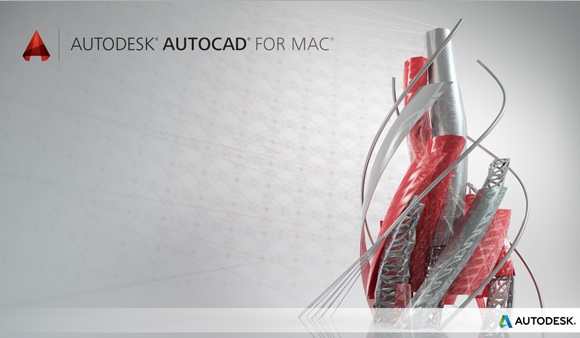A lot of AutoCAD users seem to have taken notice of the big news of Apple’s recent MacBook Pro computers with their M1-based chips. The Apple M1 Pro and M1 Max have stirred up a storm of interest on the Internet and folks are asking if the world’s most well-known CAD system can run natively on the new M1 series chips. In this article we delve into answers and issues.
AutoCAD on M1 Mac
AutoCAD is native on the Mac but only for Intel X86 at the moment. That will likely change in the near future but we have no timeline. Autodesk stated in its online forums that the company was working on it. That was back in November of 2020—a year ago! So what is new on this issue?
MORE: Is ARES the neXt AutoCAD?
The system requirements page for AutoCAD 2021 on Mac states that M series chips are supported through translation via the Rosetta 2 mode. That is not the same as native M1 chip support which means Rosetta 2 will deliver some degree of a performance hit. And that is not the only issue at play now.
Apple’s new MacBook Pro comes in 14-in. and 16-in. models, and are powered by either the M1 Pro or M1 Max SoC (chip), offering industry-leading performance per watt across both CPU, GPU and machine learning functions.
A recent post here on the latest page on their forums shows that AutoCAD 2021 is not yet supported on macOS Monterrey, the very latest macOS operating system shipping on Apple’s latest computers—especially its brand new MacBook Pros.
Native Modeling Kernels
One might be wondering why Autodesk is taking this long to get a native M1 chip-ready version of AutoCAD for Mac complete. The answer may have to do with the underlying modeling kernel technology. AutoCAD and Inventor are based on the ShapeManager kernel, which forked from ACIS version 7 way back in 2001. ACIS itself—which has its kernel in hundreds of engineering software packages, including the Mac—hasn’t announced M1 (ARM chip) support.
There are many Mac CAD and 3D software systems that rely on ACIS, including legendary formZ. We had heard a rumor that M1 support was lagging for ACIS because few Mac developers in the engineering world rely on ACIS. Still, from our view, quite a few do, including IMSI-Design’s Mac products ViaCAD Pro, PunchCAD, and many others.
Re-coding a geometry kernel for a new processor architecture is significant work. But as Martyn Day of AEC Magazine makes clear in this article here, the development lifespan of a major software product must take into account significant fundamental underlying technologies and that they renew and change every few decades. He brings up the historical example of PTC with its market-leading MCAD product with its UNIX-based Pro/Engineer. It failed to get to Windows fast enough and the Windows-based SolidWorks upstart “severely mauled,” as Day put it, the incumbent leader.
Given the work required to rewrite a geometry engine, we think that Autodesk may need additional time to get their Mac AutoCAD version ready for Apple Silicon machines. We are also unsure of how Autodesk’s One Graphics System (OGS), which in this article is apparently also powering AutoCAD, will need to be modified for ARM-architecture-based M series chips by Apple.
The bottom line. We are sure Autodesk can’t wait to get its Mac products ready for Apple Silicon, we just assume they have some significant software engineering work ahead of them.
What is Native CAD for M1 Now
This leaves an opening for the competition. Vectorworks, the world’s most popular CAD/BIM platform on the Mac, is already fully native as it uses the Parasolid kernel. Parasolid had moved to ARM chip support for iOS apps on iPad and iPhones years ago. Moving to M1 support was relatively quick for them. Autodesk supports iOS as well, which means their geometry engines working on those iOS apps are already partially compatible with the M1.
We have written about several other CAD or 3D software applications taking the gamble and jumping far out ahead on the Apple Silicon transition for Apple’s Mac platform. One such company was noted almost a year ago with Graebert’s ARES Commander 2022. Another is Hungarian-based Shapr3D.
MORE: The ARM Wars: Vectorworks 2022 is the First BIM on ARM—the M1 Interview
In the big picture, M1 native CAD, BIM, and 3D software are still in scarce supply. That’s because chip transitions are multi-year affairs for large codebases with upwards of four dozen dependencies or even more. None of the slowness in the engineering software market is going to deter Apple from moving forward with its own chips across its entire Mac product line. If the M1 Pro and M1 Max are any indications, Apple has much to gain, whether or not the software is there yet or not. Remember, this is how the Mac OS platform was born—with scant software compared to the Apple II. They are comfortable in this position.
Meanwhile, we will be touching base with Autodesk soon to understand when AutoCAD for Mac will support the M series chips by Apple. For many, it can’t come soon enough. For those who can’t wait, there are other vendors already there.
